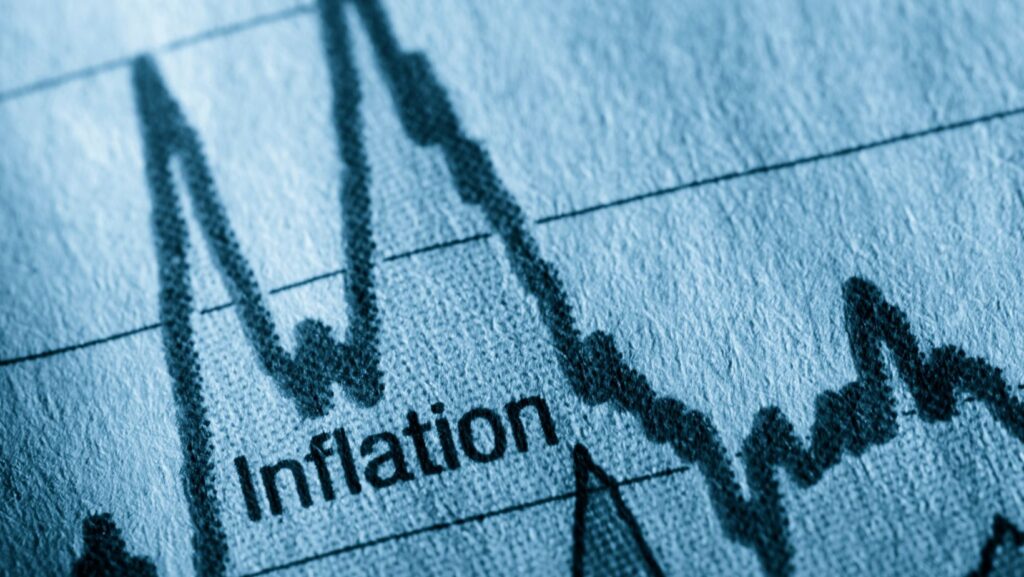
Inflation, the rise in the general price level of goods and services, erodes purchasing power and impacts investment returns. As the cost of living increases, the value of fixed returns from investments can diminish. Dividend yields, the annual dividends paid by a stock divided by its price, have emerged as a potential hedge against inflation. For those seeking to understand and implement strategies effectively, consulting a resource like Immediate Spike can offer valuable insights. This article explores how dividend yields can protect investments from inflationary pressures.
Understanding Dividend Yields
The dividend yield is a financial metric that shows how much a company pays out in dividends each year relative to its stock price. Calculated as the annual dividend per share divided by the stock price per share, it is expressed as a percentage. For example, a company paying $2 per share annually, with a stock price of $50, has a dividend yield of 4%.
Dividends can be regular, paid quarterly or annually, or special, issued occasionally. Additionally, companies may repurchase their shares, which can increase the value of remaining shares and, indirectly, the yield.
How Inflation Affects Investments
Inflation impacts investments in several ways. For fixed-income investments like bonds, inflation erodes the purchasing power of the interest payments received. If inflation rises, the real value of bond payments decreases, making bonds less attractive.
Equity investments, including stocks, are not immune. While stocks generally offer higher returns than bonds, their performance can be volatile during inflationary periods. Companies may face higher costs, which can squeeze profit margins and depress stock prices.
The Connection Between Dividend Yields and Inflation
Dividend-paying stocks can serve as a buffer against inflation. Companies that consistently raise their dividends tend to have stable earnings and strong cash flows. These companies are often better positioned to pass on increased costs to consumers, helping to protect and even increase their dividends during inflationary periods.
Historically, dividend-paying stocks have performed well during inflationary periods. For instance, during the 1970s inflation surge, companies with robust dividend policies provided investors with reliable income that helped counteract the effects of rising prices.
Key Factors That Make Dividend Stocks a Good Hedge
Stable Companies: Firms with a track record of increasing dividends typically have strong financial health and predictable cash flows.

Utilities and consumer staples are prime examples, as these sectors tend to be less sensitive to economic cycles and inflation.
Inflation-Linked Dividends: Some dividend-paying stocks or funds are specifically designed to perform well during inflation. These might include real estate investment trusts (REITs) or infrastructure funds, which often have revenues linked to inflation.
Evaluating Dividend Stocks for Inflation Protection
Dividend Yield vs. Dividend Growth: When assessing dividend stocks, consider both the current yield and the growth rate. A high yield might be tempting, but it is essential to ensure the dividend is sustainable. Companies with a history of increasing dividends often signal financial stability and growth potential.
Financial Health: Evaluate the financial health of companies paying dividends by reviewing their payout ratios (dividends paid as a percentage of earnings) and balance sheets. A lower payout ratio suggests that dividends are more likely to be sustained or increased.
Case Studies
Historical Case Studies: Consider companies like Johnson & Johnson and Procter & Gamble, which have a long history of dividend payments. During inflationary periods, these companies’ dividends have provided consistent returns, helping investors maintain purchasing power.
Comparative Analysis: Dividend-paying stocks have generally outperformed non-dividend-paying stocks during inflationary periods. For example, during the 2000s inflation surge, dividend-paying stocks provided a buffer against market volatility and inflation-induced declines.
Risks and Considerations
Dividend Cuts: One risk of investing in dividend stocks is the potential for dividend cuts, especially during economic downturns. Companies may reduce or eliminate dividends to preserve cash, which can negatively impact returns.
Sector-Specific Risks: Not all sectors are equally resilient to inflation. For instance, technology companies might struggle to maintain dividend payments if rising costs affect their profitability. In contrast, sectors like utilities, which often have regulated prices, may better withstand inflation.
Strategies for Incorporating Dividend Stocks
Building a Dividend Portfolio: Create a diversified portfolio of dividend-paying stocks across various sectors to spread risk. Consider including dividend growth funds or exchange-traded funds (ETFs) that focus on high-quality dividend payers.
Balancing with Other Assets: While dividend stocks can hedge against inflation, balance your portfolio with other asset classes such as real estate or commodities. This diversification helps manage risk and capture potential gains across different market conditions.
Conclusion
Dividend yields can be an effective hedge against inflation, providing both steady income and potential capital appreciation. By investing in companies with a strong track record of dividend growth and maintaining a diversified portfolio, investors can better protect their purchasing power from the eroding effects of inflation. As inflation trends evolve, staying informed and adjusting investment strategies will be crucial for maintaining financial health.













